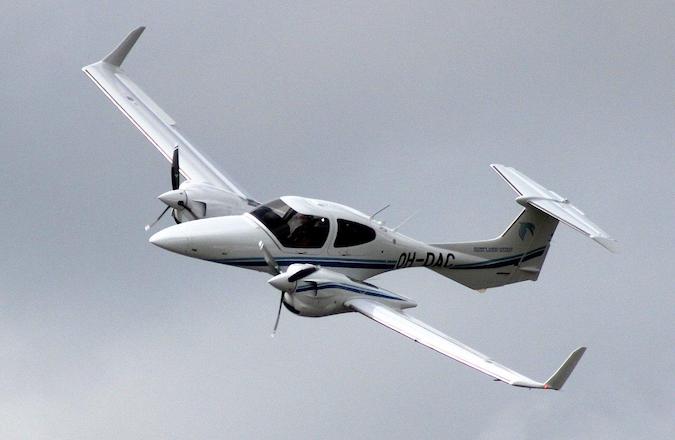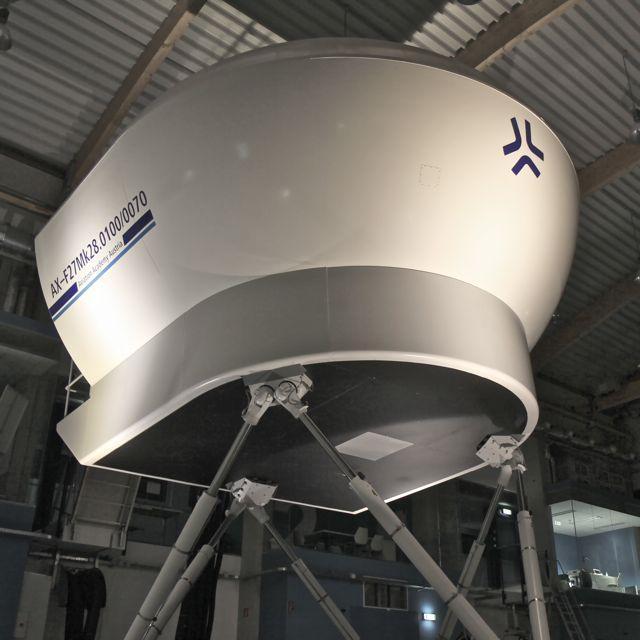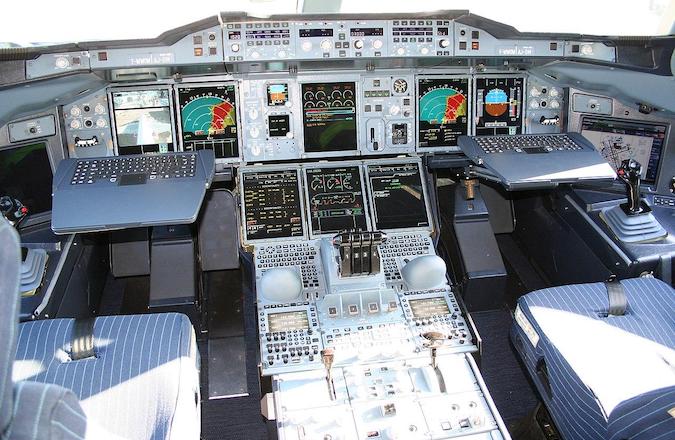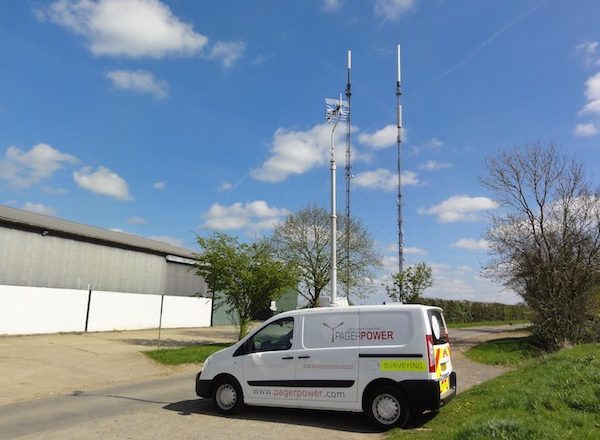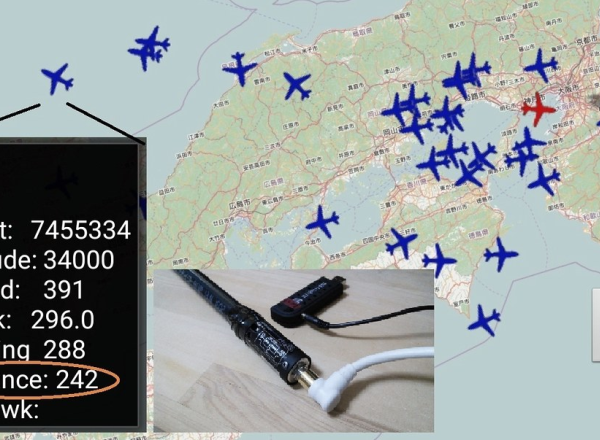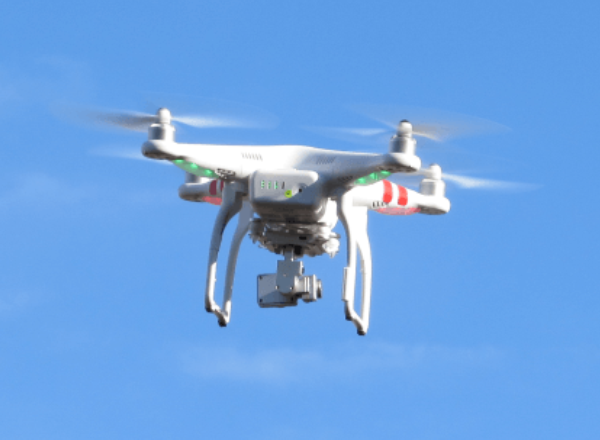This is the third instalment of our Pathway to Becoming a Pilot series.
Becoming a pilot is a dream that many aspire to achieve. Still, it requires dedication, training, and a thorough understanding of complex subjects. The Zero to Airline Transport Pilot License (ATPL) Program (sometimes refer as Cadet Training Program) is a structured and intensive training initiative designed to transform aspiring pilots into professional aviators ready for the challenges of modern commercial aviation. This program is tailored to provide cadets with the foundational skills, knowledge, and experience required to excel in the dynamic environment of airline operations.
Figure 1: Diamond DA42 is a common aircraft used for Multi Engine Piston Rating and Instrument Rating. [1]
Program Overview
The Zero to ATPL Program is a comprehensive pathway that includes both theoretical instruction and practical flight training. It is designed to guide students (cadets) from little or no flying experience to the point where they are fully qualified and prepared to serve as First Officers on commercial aircraft. The program typically spans several months to a few years, depending on the training structure and the cadet’s progress.
Core Components
- Ground School: The theoretical phase of the program covers essential aviation subjects such as Air Law, Aircraft General Knowledge, Flight Performance and Planning, Human Performance and Limitations, Meteorology, Navigation, Operational Procedures, Principles of Flight, and Communications. This rigorous academic training ensures that cadets possess the necessary knowledge to operate aircraft safely and efficiently.
- Flight Training: Practical flight training is conducted in multiple phases, starting with basic flight maneuvers and advancing to complex procedures and multi-engine operations. Cadets gain hands-on experience in both single-engine and multi-engine aircraft, learning to handle various flight conditions and scenarios under the supervision of experienced flight instructors.
- Simulator Training: Advanced flight simulators are used to replicate real-world flying conditions and scenarios. Simulator sessions allow cadets to practice and perfect their skills in a controlled environment, focusing on instrument flying, emergency procedures, and crew resource management.
- Mentorship and Professional Development: Throughout the program, cadets receive guidance and mentorship from experienced pilots and instructors. This support helps cadets develop the professional skills and attitudes necessary for a successful career in aviation, including decision-making, communication, and leadership.
Training Pathway
Figure 2: Level D simulator is normally used for the first type rating training. [2]
- Airline Transport Pilot License (ATPL) Theory: Cadets undergo rigorous theoretical training to prepare for the ATPL exams, the highest level of pilot certification. (You can find more information about ATPL Ground school theory in Part 2 of our Pathway to Becoming a Pilot series)
- Initial Training: Cadets begin with initial flight training to learn the basic flying skills and build a solid foundation in aviation.
- Commercial Pilot License (CPL)*: Following initial training, cadets work towards their CPL, which qualifies them to operate single engine aircraft commercially.
- Multi-Engine Piston Rating (MER)*: Cadets gain experience in multi-engine aircraft, essential for commercial airline operations.
- Multi-Engine Instrument Rating (ME-IR)*: A Multi-Engine Instrument Rating allows pilots to operate multi-engine aircraft in various weather conditions using instruments alone, without relying on visual cues. Obtaining ME-IR is a key step towards pursuing a career as an airline pilot.
- Multi-Crew Cooperation (MCC) and Jet Orientation Course (JOC): These specialised courses prepare cadets for the transition from training aircraft to commercial jet operations. MCC focuses on teamwork and communication in a multi-crew environment, while JOC introduces cadets to the handling characteristics and operational procedures of jet aircraft.
- Aircraft Type Rating: The final phase of training involves obtaining a type rating for a specific aircraft model, enabling cadets to operate that aircraft commercially.
- Base Training: Base training takes place after obtaining an aircraft type rating. This is the most exciting moment for a student. Cadets gain hands-on experience in a specific aircraft type under the supervision of instructors. The training focuses on manual handling of a type rated aircraft. A standard VFR pattern is normally flown with no assistance of auto pilot and auto throttle. Cadets are required to complete a minimum of 6 takeoffs and landings to a safe and satisfactory standard to complete their training.
Figure 3: Airbus A380 Cockpit. [3]
* Some organisations may schedule their flight training by completing MER and ME-IR before progressing to CPL.
Conclusion
The Zero to ATPL Program is an all-encompassing journey that transforms passionate individuals into highly skilled and competent airline pilots. By combining rigorous theoretical education with practical flight training and professional development, the program equips cadets with the tools they need to succeed in the fast-paced world of commercial aviation. Graduates of the Cadet Training Program are well-prepared to join airlines as First Officers, embarking on rewarding careers with the knowledge and confidence to ensure the highest standards of safety and performance in the skies.
About Pager Power
Pager Power undertakes technical assessments for developers of renewable energy projects and tall buildings worldwide. For more information about what we do, please get in touch.
References
[1] Published online at commons.wikimedia.org. Last accessed on October 14th 2024. Available at: https://en.wikipedia.org/wiki/Diamond_DA42_Twin_Star#/media/File:OH-DAC_Tour_de_Sky_Oulu_20140810_02.JPG
[2] Published online at commons.wikimedia.org. Last accessed on October 14th 2024. Available at: https://en.wikipedia.org/wiki/Flight_training#/media/File:AXIS_F70-100_Simulator.jpg
[3] Published online at commons.wikimedia.org. Last accessed on October 14th 2024. Available at: https://en.wikipedia.org/wiki/Cockpit#/media/File:Airbus_A380_cockpit.jpg

